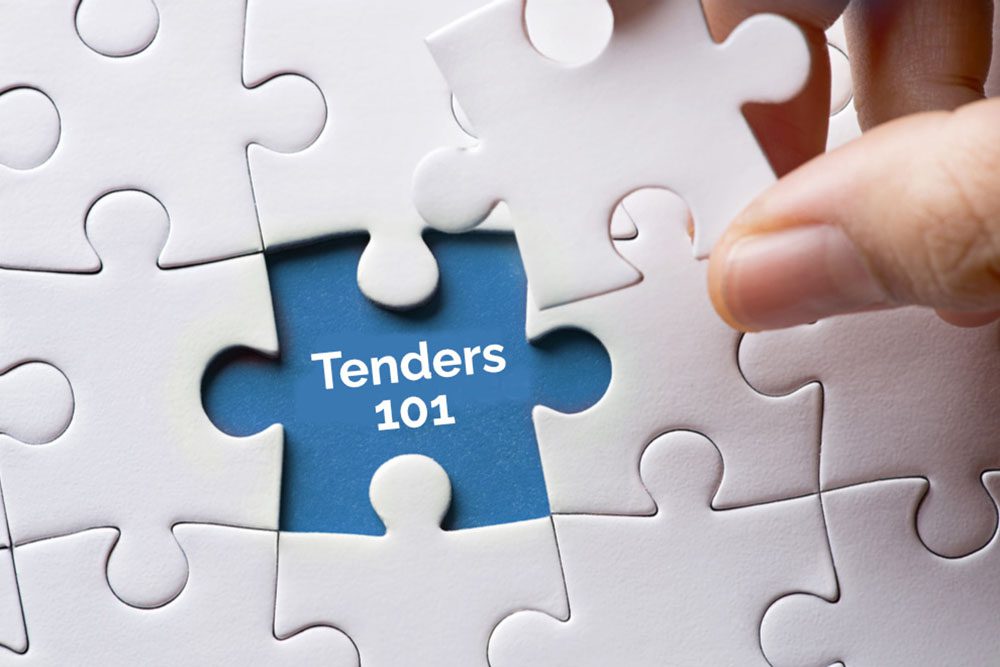As we embark on a new year, no doubt with ambitious sales targets to achieve, its worth considering ways to boost your bid success! A big part of that is ensuring your tender management practices are effective. It is a good time to reflect and review last year’s performance and plan improvements.
In this blog we will explore common roadblocks experienced by many Bid Teams and suggest resolutions to improve bid management efficiencies in 2024.
Bid Success Resolution 1: Embrace Digital Transformation
With many Bid Teams still reliant on generic business applications such as email and spreadsheets to manage tender projects, working efficiency can be significantly compromised.
Achieving seamless activities, collaboration and communication across and throughout the whole bid journey is near impossible. Precious time can easily be consumed through unnecessary delays. This may be during handover between teams, such as the Sales Team to the Bid Team (sales qualification to project mobilisation) or via activities such as information requests reliant on Subject Matter Experts to complete.
This can result in tender pursuit decisions, content creation and bid submissions being rushed to meet tight deadlines. Thus, leading to low evaluation scores and reduced win rates.
Investing in a dedicated tender management solution, such as TenderEyes, to manage the entire process, can be a game changer.
It will provide all team members with a centralised platform and powerful tools to work smarter and better complete complex activities, throughout each stage of the bid journey, including:
- Sourcing and qualifying tender opportunities
- Content management
- Project mobilisation and coordination
- Generating tender submissions
- Securing approvals and sign-offs
- Reviewing performance and results.
Adopting the right technology can significantly reducing manual errors and saving valuable time, which your Bid Team and Subject Matter Experts can use to finesse tender responses and submissions. All to improve your bid success!

Resolution 2: Review & Streamline Processes
With the complexities involved in bid management, including the coordination of people, data and tasks, inefficiencies in working practices are commonplace. Especially when teams are working across different disciplines, with different roles and responsibilities.
Undertaking continuous repetitive manual activities, tasks, data entry and content creation impacts team morale and engagement, as well as time management, performance and results.
Efficiency starts with understanding current processes and identifying bottlenecks, redundancies, and areas for improvement. Implementing a business process management plan for your bid activities will provide a strong framework for change.
“Business Process Management projects typically deliver 30-50% productivity gains for processes.” Forrester
Each stage of the tendering process needs to be reviewed, from initial opportunity identification to final submission, to identify areas that can be streamlined and optimised.
Tender management software offers a solution for implementing significant process improvements. This includes:
- Rapid project mobilisation with automated notifications and kick-off meeting invites
- Standard and customer built automated workflows
- Automated task setting and reminders
- AI and machine learning to accelerate content searches, returns and generation.
The flexibility of the solution allows for simple efficiency improvements through to more complex automations and time savings.
This resolution not only helps identify inefficiencies but also lays the groundwork for implementing targeted improvements. Whether it’s refining communication channels, clarifying roles and responsibilities, or updating outdated procedures, a thorough process audit is a major step towards more efficient tender management and greater bid success.

Resolution 3: Embrace Stronger Collaboration
Efficient tender management relies heavily on effective alignment and collaboration between team members. However, with numerous people in multiple teams, divisions, geographies and time zones, this is a huge challenge. Especially where many contributing to the process, such as Subject Matter Experts and Approvers, will have their own work responsibilities and pressures.
“97% of executives believe poor alignment between team members impacts a project’s outcome.” McKinsey Report
It is essential for your Bid Team to build good relationships with others involved in tender projects. Contributors will need to be fully conversant with the tender process, the importance of their roles, and responsibilities as well as the challenges involved. This will improve teamworking and commitment from all parties.
Early notification of project involvement and information/task requests will be essential to assist in effectively managing workloads. Easy access to essential information, documentation and insight will help provide context and understanding of customer and project requirements.
Implementation of a tender management solution will provide a central repository for all tender collaboration needs. This includes:
- A knowledge bank or bid library for business documentation and information management
- Automated invitations, notifications and reminders
- Powerful content population and collaboration tools
- In-built decision gates, feedback loops and audit trails to help steer better informed decision-making, innovation, improvements, and rapid issue resolution.
Enhanced collaboration not only speeds up the tendering process but also ensures that everyone involved is on the same page. Streamlining communication reduces the risk of misinterpretation and errors, contributing to better quality tender submissions and bid success.

Resolution 4: Enhance Data & Content Management
Data is critical to tender success. Without proper management and easy access to this valuable asset, project progress, decision-making and delivering quality tender submissions can be hugely challenging.
Data and intelligence held in disparate platforms, directories and formats makes searching and finding critical information a frustrating and time-consuming task. Severely impacting the efficiency of the whole tender process. Duplicate, out-of-date or inaccurate information can potentially effect win probabilities and put the business at reputational and financial risk.
“95% of organisations see impacts in their organisation from poor data quality.” Experian
Undertaking a full data audit and developing a data management plan is the first step to providing quality accessible data and content to those involved in the bid process. It is also essential to identify content owners and data management responsibilities and tasks.
Adopting a dedicated tender management system will provide an easily accessible single-source database of critical information and data, such as:
- Tender Notice Alerts & procurement agency documentation
- Sales Insights: key risks, key facts, competitors, win themes, qualification criteria & scores
- Product lines and pricing matrix
- Tender Questions and Answers, scores and approvals
- Bid Library content: including ownership, status, expiry date, approvals
- Tasks: ownership, start, end dates, reminders and completion.
Using a dedicated tender management platform will help ensure data and information is stored, reviewed, updated and accurate. Decisions at all stages will be better-informed and any risks and roadblocks more easily identified and addressed.
Resolving data management challenges will significantly improve your bid management practices and help deliver better quality tender responses that secure higher evaluation scores and win you more business.
Bid Success Resolution 5: Foster Culture of Continuous Improvement
Improving work efficiency is not a one-time achievement but an ongoing commitment. Without regular review and analysis of bid management performance and results, further roadblocks or inefficiencies may be ignored and continue to impact results.
Team members may become frustrated and disengaged with the activity or process. And opportunities to save time and relieve deadline pressures missed.
Fostering a culture of continuous improvement within your organisation is essential to staying motivated and competitive. Encourage team members to share feedback, suggest process enhancements, and actively participate in the evolution of the tender management workflow. Ensure reviews after each tender submission and decision is built into your processes and undertaken consistently.
By leveraging the data with your bid management solution , you can easily review your tender activities, workflows, performance and results. Analysis can be viewed within the platform via dashboards, task lists, Kanban boards, charts and tender scores analysis. In addition, data can be exported for further reporting.
Insights may include:
- Workflow roadblocks and delays
- Resource limitations
- Poor scoring tender responses
- Win rates and competitor positioning
- New trends, innovations, or customer needs
- Performance and security audits.
A more data-driven approach to tender management, will help identify areas for improvement both in efficiency gains and delivering better quality tender responses and improved bid success.
Developing a culture of continuous improvement ensures that your organization remains agile, responsive, and at the forefront of industry best practices.







